The Curonian Spit is a 98km long strip of land that separates the Curonian Lagoon from the Baltic Sea. It was formed by a sea current that runs parallel to the coast and has constantly washed up gravel and sand. The wind has raised high sand dunes on the spit. At its widest point, the spit measures 3.8 km. It is located near Nida (German Nidden), on Lithuanian territory.
Curonian Spit
Größere Karte anzeigen
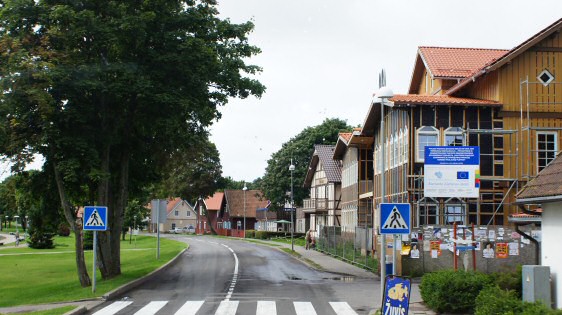
We drive through the village of Alksyné. Like all the villages, it lies on the quiet lagoon.
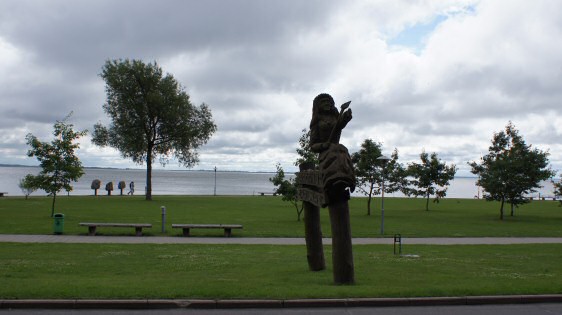
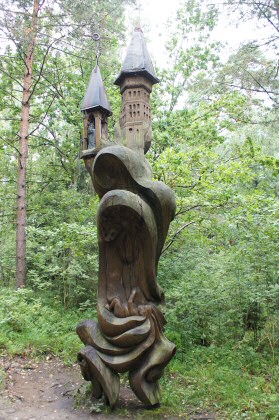
In Juodkrante (Schwarzort), 65 wooden sculptures were set up in a hilly pine forest - the so-called Witches' Hill. We did not find the witch, but many tourists.
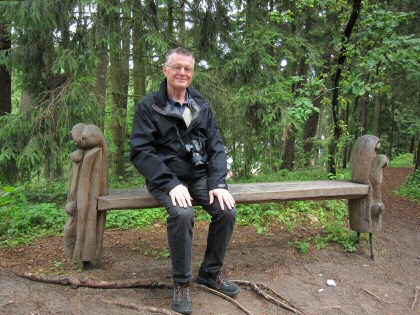
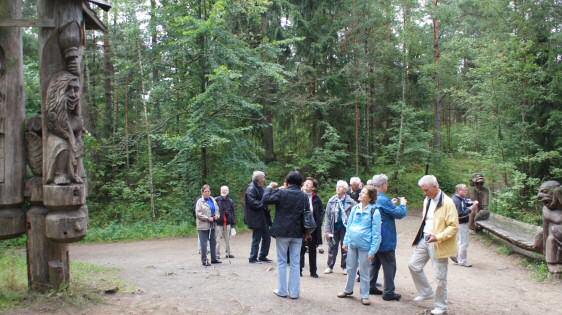
When visiting the wooden sculptures, a lot of photos are taken.
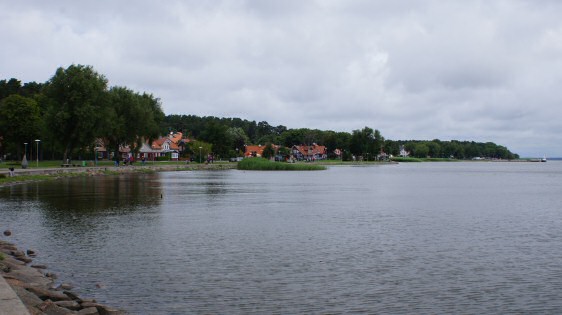
The small village of Juodkrante also lies on the lagoon.
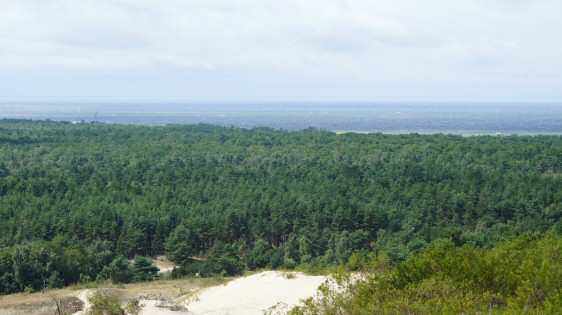
View from a vantage point on the Spit to the Baltic Sea ...
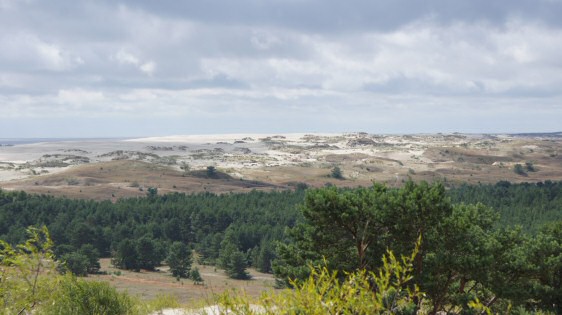
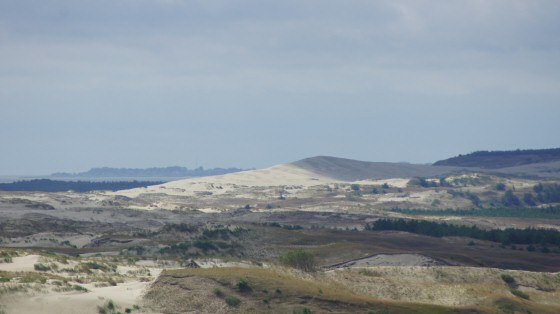
... and to the dunes
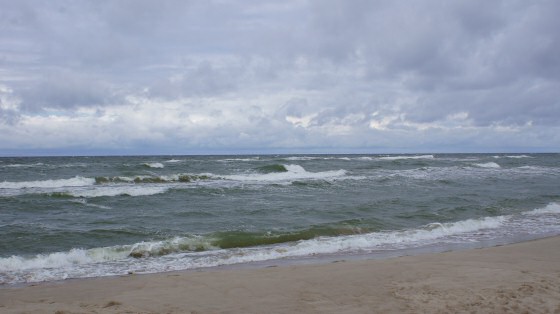
The rough, cool Baltic Sea

Cormorants nest in a wooded area.
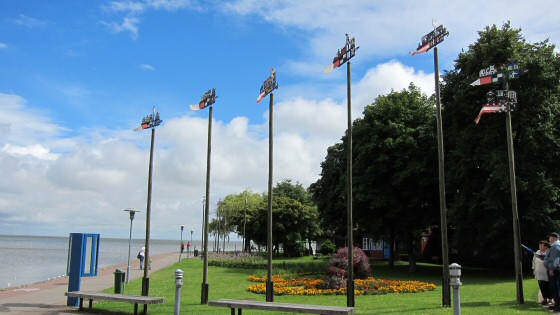
In Nida you can see the characteristic pennants of the heavy wooden fishing barges (Kurenkähne), which were used to identify the ships.

Ethnographic cemetery with grave monuments and spa crosses in Nida
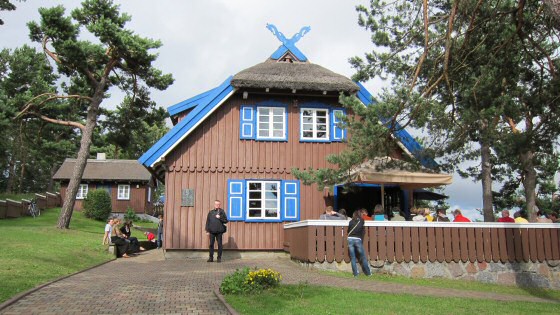
The Thomas Mann House on the "Schwiegermutterberg" (Mother-in-law mountain). The poet and his family spent their summer holidays in this holiday home, built in 1929, from 1930 to 1932. Today it is a museum

View from the Thomas Mann House